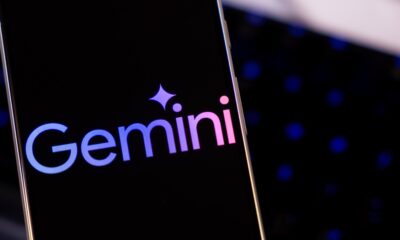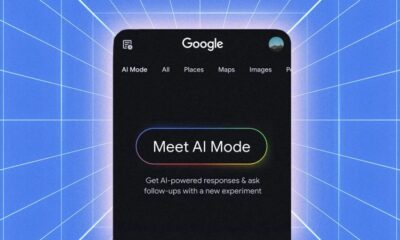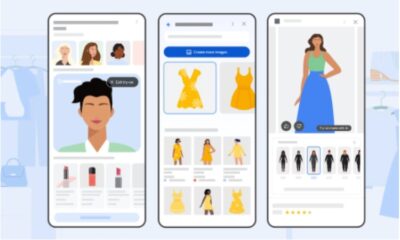Tech
Google Ads Introduces New AI-powered Creative Updates to Help Advertisers Create More Engaging Campaigns
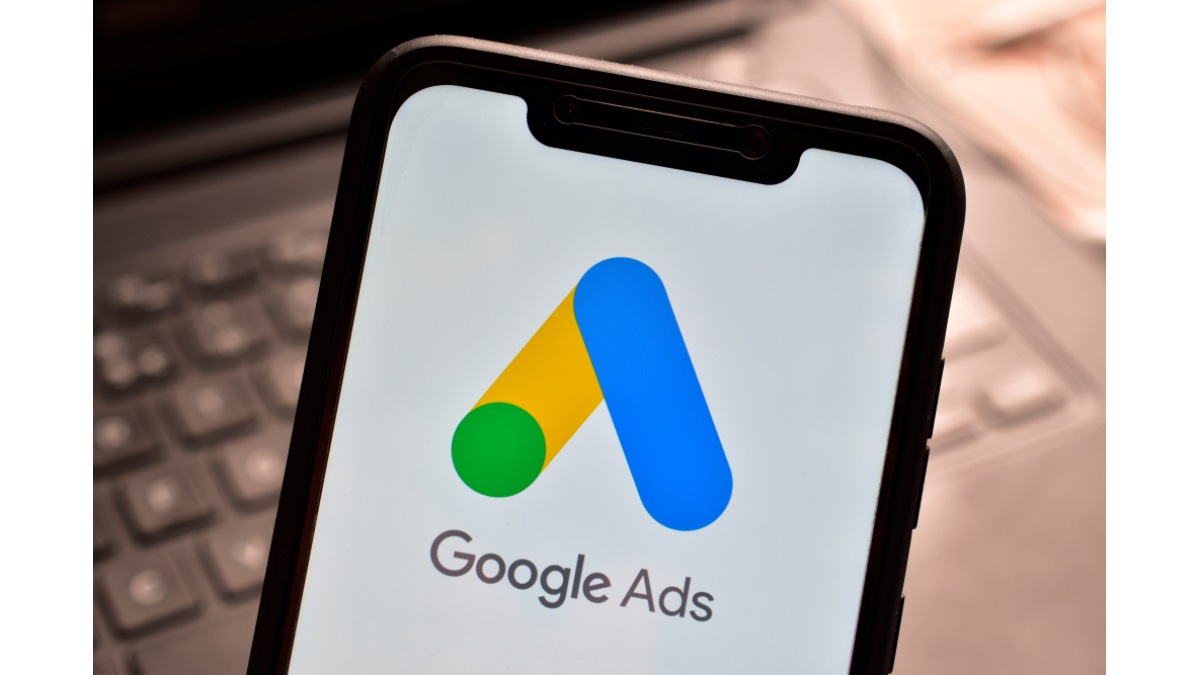
Google Ads has released innovative enhancements aimed at assisting businesses in creating lifestyle imagery and streamlining their advertising campaigns. The upgrades improve the ability to represent real-life situations in ads by enabling users to create photos of adults using generative AI.
Improved human character image generation and new suggestions for the kinds of images that complement various campaigns are among the latest AI enhancements that Google is implementing for its Performance Max campaigns.
Your advertising creative frequently serves as a prospective customer’s initial impression of your brand. To meet the various needs of your audience and support the business’s goals, you must ensure that your assets are as visually appealing and diverse as possible. For this reason, Google is adding new creative features to Google Ads, allowing you to produce a wider range of powerful assets that will boost campaign success.
Let’s start with image generation. Last year, Google introduced AI image generation for Performance Max assets; however, it has now enhanced the process to ensure that it generates better images, especially for human figures.
Important features include:
- AI-powered image generation: Using Imagen 3, advertisers can now create images featuring adult faces and individuals using text prompts for Performance Max, Demand Gen, Display, and Apps campaigns. Google stated in a blog post that it has carried out user research and created protocols and security measures to satisfy advertisers’ exacting standards for quality while abiding by Google’s strict design and product guidelines and unambiguous Ads policy. For example, you won’t be able to produce pictures of well-known people like politicians and celebrities, children or minors, or other sensitive or explicit content. To provide transparency into which photographs were created using AI, each generated image is tagged with SynthID.
- Asset audience recommendations: Gives information on themes and elements that resonate with particular audiences. By highlighting the themes and elements that appeal to your target viewers, such as “nature” and “ocean” landscapes, they provide you with fresh ideas for enhancing the impact of your photos.
- Asset testing for feed-only performance max campaigns: Allows shops to evaluate the effects of adding different assets, including AI-generated ones.
These improvements provide advertisers with more tools and flexibility to produce compelling and successful advertising, which eventually boosts campaign performance.
As Google explains:
“With the help of Imagen 3, we’re now rolling out the ability to use text prompts to generate images that contain adult people and faces across Performance Max, Demand Gen, Display, and Apps campaigns.”
In other words, each of them should have five fingers only on each hand.
Google says to have carried out “extensive user research” to create this new procedure, which should lead to higher-quality representations of human characters in your ads. Additionally, this could be a useful update, as studies have shown that incorporating individuals into your advertisements improves emotional resonance and response.
Read More: New Campaign Manager 360 Features Streamline Google Ads with Creative and Streaming Insights
Although all generated photographs are tagged with SynthID to enable transparency into which images were generated using AI, Google says that this technique will not be able to produce images of children or minors, prominent figures such as politicians and celebrities, or other sensitive information.
However, you now have a new choice to produce a wider variety of images for your ads while keeping those conditions in mind.
Additionally, by emphasizing themes and elements that are relevant to your target audiences, Google’s new “asset-audience recommendations” will offer suggestions on how to increase the efficacy of your photographs. That could provide you with more inspiration for your efforts and ensure that you’re producing the best images possible to optimize results.
Lastly, to improve performance, Google is also giving recommendations for certain ad elements.
“Last year, we added experiments that let you test changes within your Performance Max campaigns, like testing the impact of using final URL expansion. Now, we’re introducing a beta for retailers who have campaigns with product feeds but haven’t uploaded additional creative assets. Compare the impact of adding text, image, and video assets to your campaign – including assets built with generative AI – against your control configuration with no assets.”
In other words, Google’s ad system will now be able to use its own response expertise to suggest and produce targeted creative that will appeal to your target demographic.
Will that work? Since it was trained using data from Google Ads, it might produce greater results than you could.
In any case, it should result in some interesting experiments.
According to Google, the new asset recommendations process is accessible through your Google account team, and the Performance Max campaign updates are being rolled out in Google Ads Manager.
-

 Business4 weeks ago
Business4 weeks agoNayef Doleh Examines International Humanitarian Fundraising Strategies
-

 Business3 weeks ago
Business3 weeks agoHow to fill MSME Form 1? Step-by-Step Guide
-

 Festivals & Events4 weeks ago
Festivals & Events4 weeks agoInteresting Facts about St. Patrick’s Day
-
Business4 weeks ago
From Marine to Chief: The Leadership Journey of Sean Mannix
-
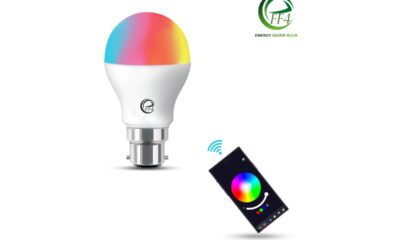
 Gadget3 weeks ago
Gadget3 weeks agoAfter Grand Success on BLDC Ceiling Fan, Eff4 Is Launching Smart Bulb
-
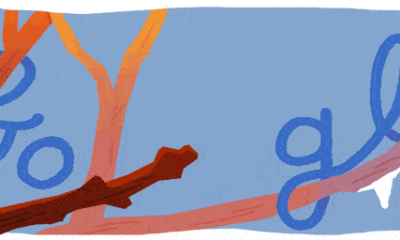
 Festivals & Events3 weeks ago
Festivals & Events3 weeks agoGoogle Celebrates Cherry Blossom Season with Animated Doodle
-

 Sports4 weeks ago
Sports4 weeks agoKabaddi World Cup 2025: Full Schedule, Fixtures, Match Date, Time and More
-

 Book4 weeks ago
Book4 weeks agoNavigating Life’s Rope Bridges: Dr. Lynda’s Transformative Guide to Change



